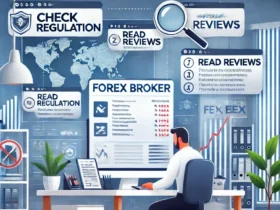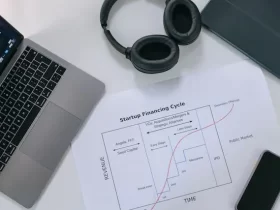A dysfunctional team can wreak havoc on a business. It can disrupt processes, lead to unhealthy conflicts and disagreements, and affect the team’s performance. If not resolved, the dysfunctionality of a team can affect productivity and impede the success of the team, its members, and the company.

Sometimes, teams just don’t work, but that doesn’t mean you have to leave it that way. Having unity and synchronicity across various parties makes for effective and harmonious outcomes. It is important to address disagreements and bridge gaps within the team to ensure that everyone works together to achieve the same goal.
Here are ways to improve a dysfunctional team by addressing the issue and moving forward.
Identify Problems
Start by identifying what is causing the dysfunctionality. Various factors may cause teams to become dysfunctional. Sometimes, it can be due to generational or cultural differences, lack of effective communication tools, or lack of a platform that brings the team together.
Author Patrick Lencioni wrote the business fable “The Five Dysfunctions of a Team,” which summarized the reasons that teams do not seem to work together into five main factors:
- Absence of Trust
- Fear of Conflict
- Lack of Commitment
- Avoidance of Accountability
- Inattention to Results
Consider meeting with members of your team and hearing their take on things. Identify if any of their concerns are major contributing factors to the team’s dysfunctionality.
You should also evaluate all processes to identify if they are causing issues among members. Ensure your processes allow for open communication and collaboration.
Make Tough Decisions
When your teamwork doesn’t seem to work, it means something has to change. Being complacent and waiting for people to change or finally choose to get along will not work for any business. It is, ultimately, in the hands of leaders to make teamwork work and promote collaboration and harmony.
There may be some tough decisions to make. Think of the long-term outcomes versus the short-term headaches. This may mean facing issues head-on, confronting the conflicts, or letting go of a team member or several who are not right for their positions or are causing issues.
You may also need to ditch a process or strategy that you had previously invested in because it is not working. In some instances, you may need to rebrand and restructure your teams. More so, this can mean you will spend money implementing a new system or bringing on new team members or contractors. For example, you can consider hiring a highly-skilled freelance angular developer, to create new interfaces for the system your team(s) use to boost efficiency.
Create a Strategy
Fostering teamwork, collaboration, and harmony within your team is not a policy you can implement. It is more of a seed you need to plant and nurture. Thus, creating a plan for addressing the issues properly and making improvements is a must. Do some research or consult experts on effective ways to cultivate teamwork.
Consider your team members and their points of view. Be thorough in your evaluation before making the plan. It is necessary to ensure that with the plan you’re creating, everyone in the team will benefit the whole company equally.
Once the plan is created, keep everything simple and concise. The last thing a dysfunctional team needs is complexity and confusion. Communicate your plan clearly with the team and be open to their input. Emphasize the benefits a strategy can deliver and what the team will need to do for the strategy to work. This way, you can start fostering collaboration as the team unites with a single strategy and plan in mind.
Monitor Progress
Keep a close eye on how the strategy is being implemented. Have milestone checkpoints in place to examine progress. This will help you and your team stay on track and know if the strategy works. Recognize progress made by members, no matter how small. This will also encourage them to continuously foster collaboration.
Consider bringing in a project manager or experts in team collaboration to help monitor the progress more closely if necessary. Having an external force guiding the team can help eliminate doubts or bias, build trust, and instill transparency.
Adapt and Learn
Whether you are a leader or a team member, always be willing to change or adapt the plan if needed. Dysfunctionalities and disagreement within the team call for change and innovation. Welcome new strategies, approaches, and methods that might work for the team better. Experiment with it, and don’t be afraid to implement new processes or welcome new people to the team as well.
Focus on learning from mistakes and using this lesson to grow. Guide your team toward adjustments and changes. Lead by example and be the team player you want your members to become. Be sure to instill this adaptive mentality in your team as it tends to yield flexible work styles.
Thrive Together as a Team
Having harmony within the team is important in maintaining a healthy and comfortable work environment where individuals feel encouraged to work and thrive. Therefore, it is a must that in the slightest implication of disagreements or dysfunctionality, proper action should be taken.
Take a strategic and professional approach to address issues and problems. Communicate with your team and let your team communicate as well. Build professional relationships rooted in trust and teamwork to promote success for each team member, the team, and the company as a whole.












Leave a Reply